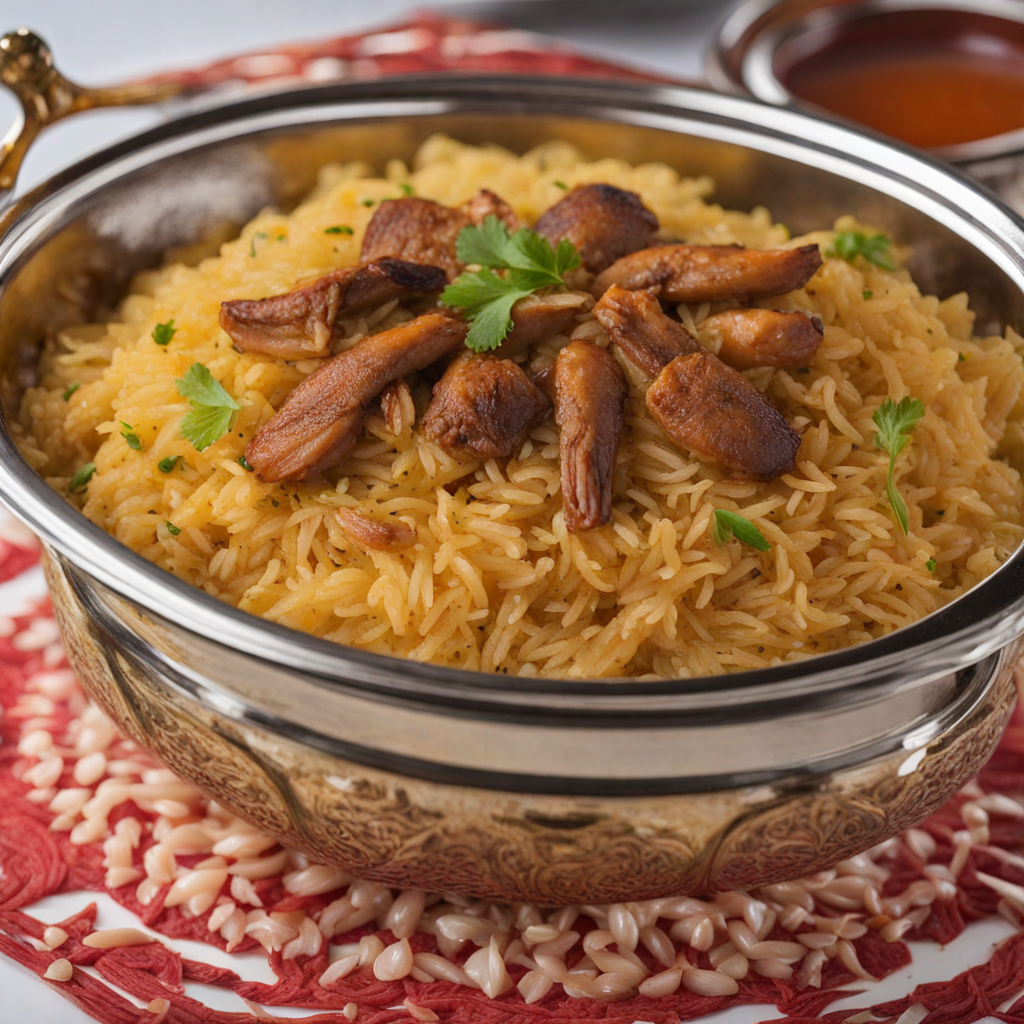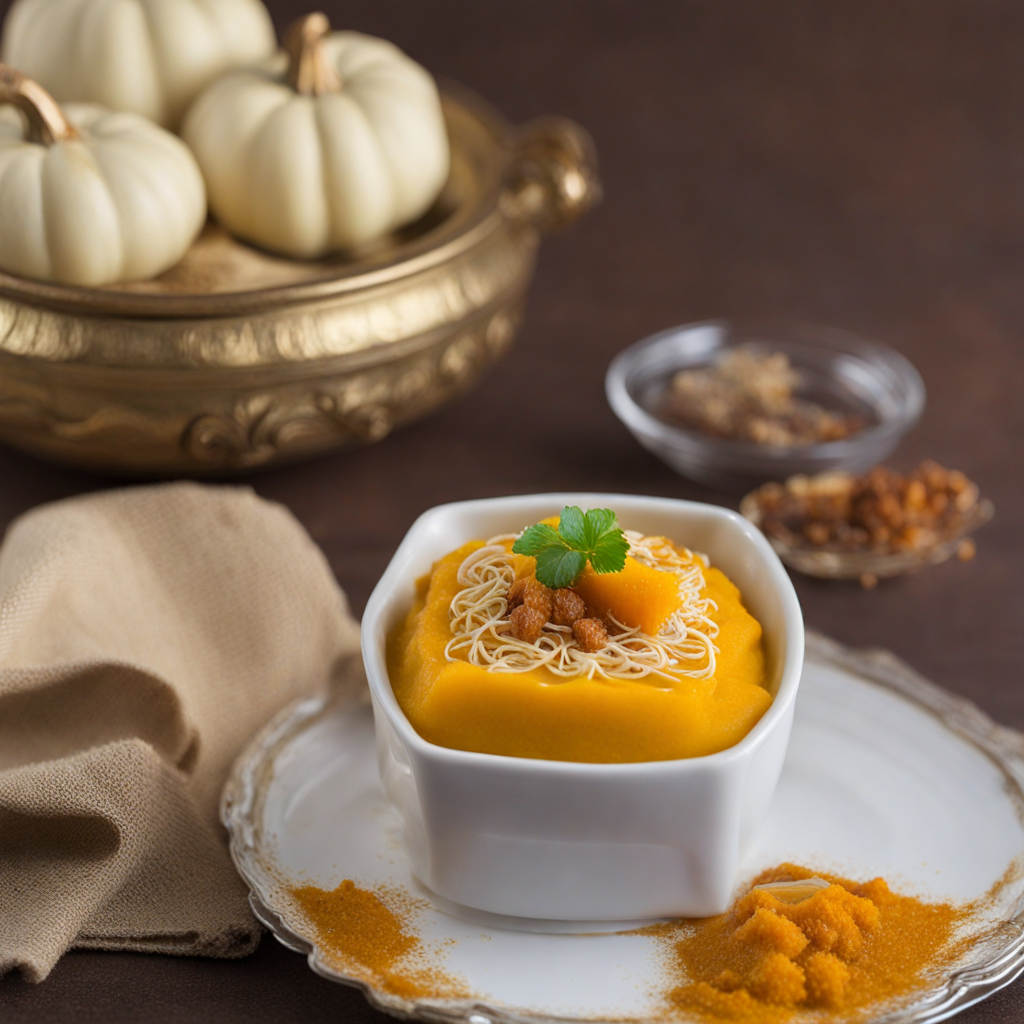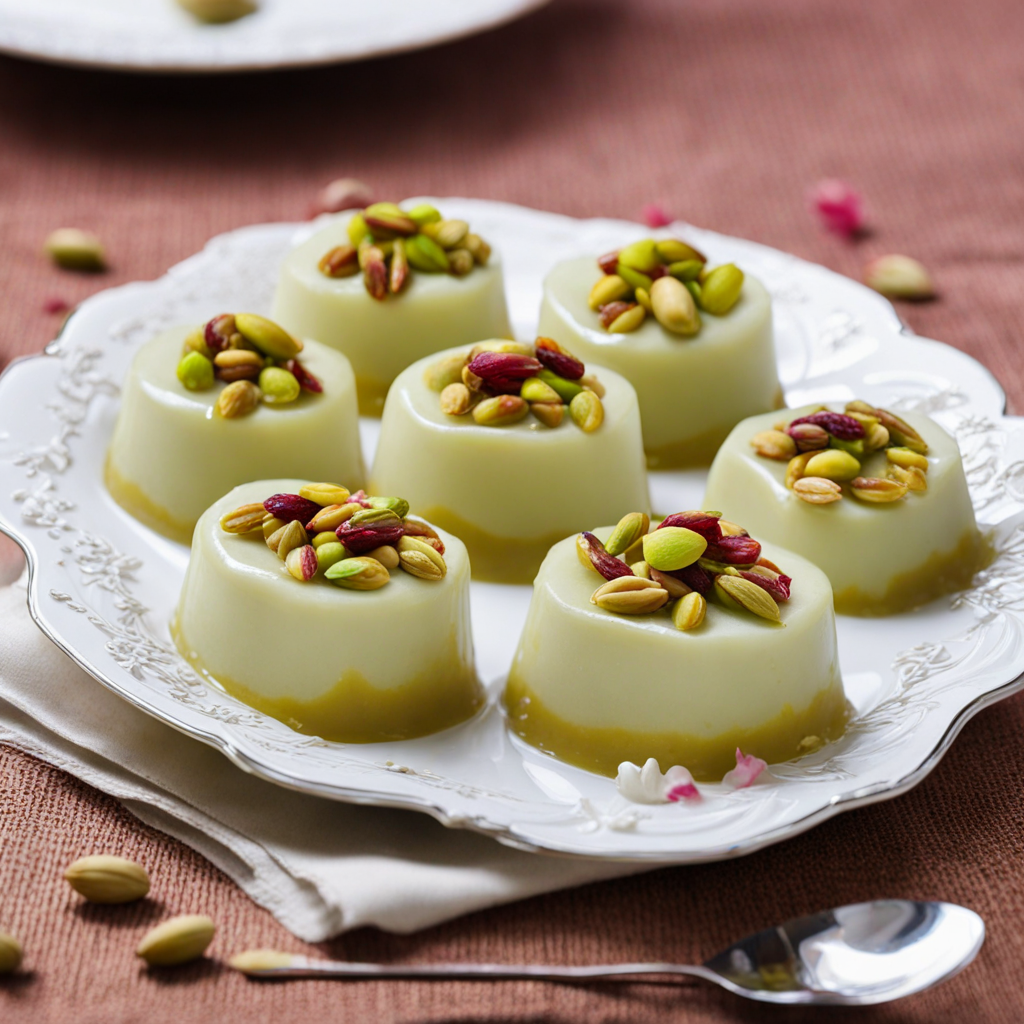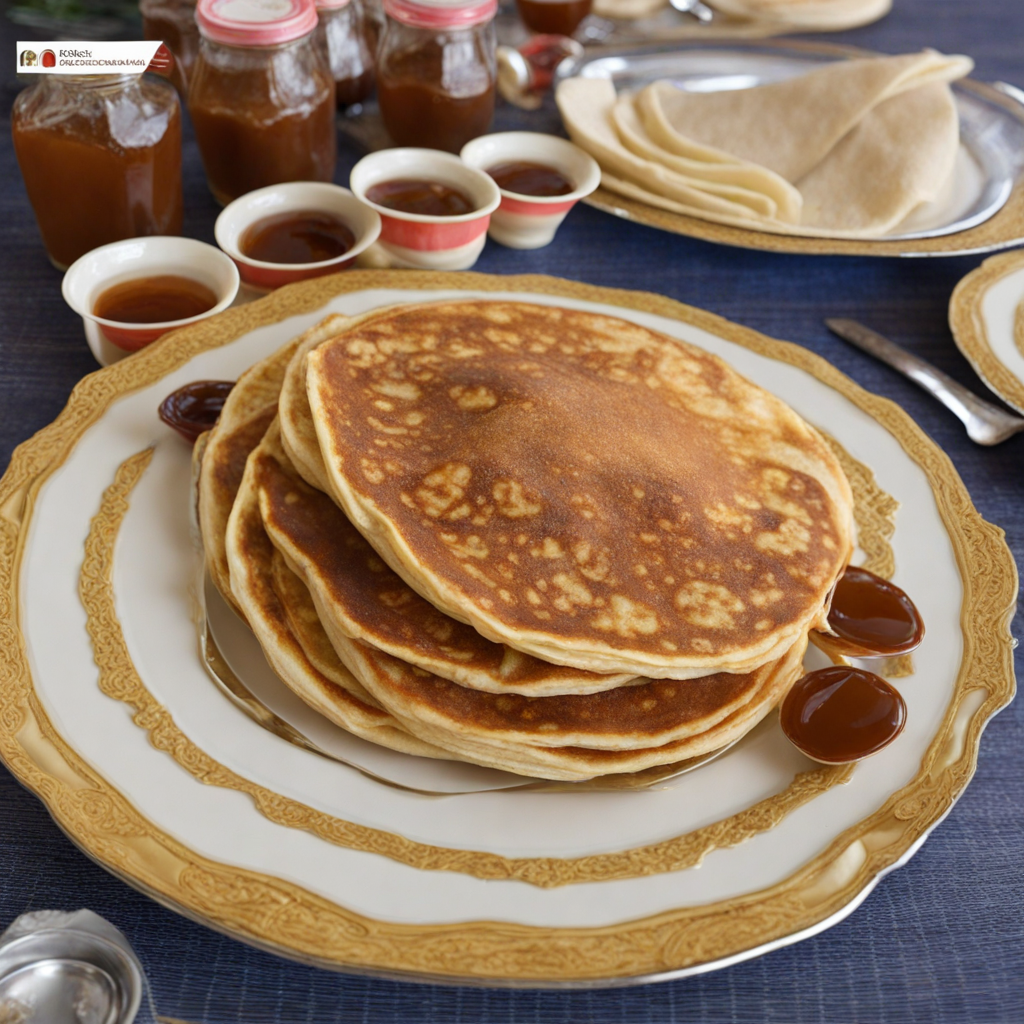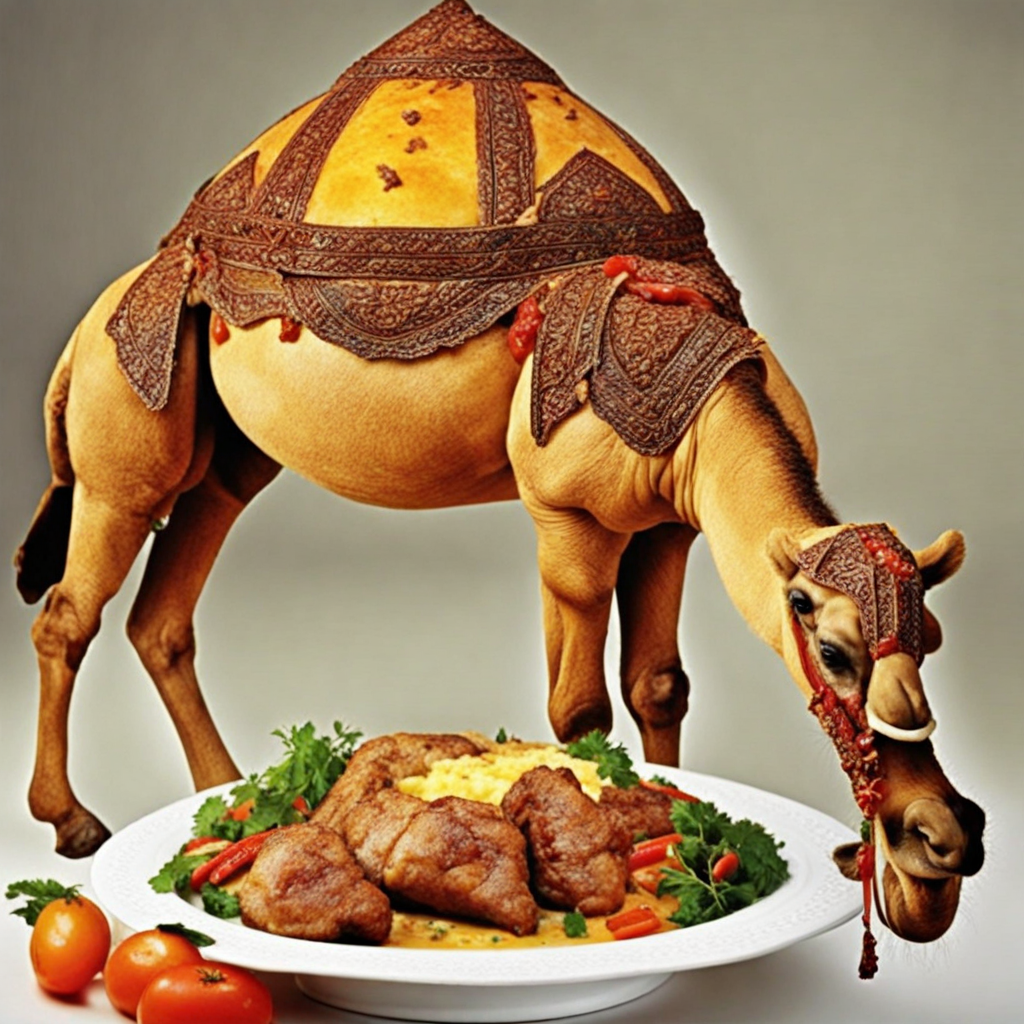Al Machboos
Al Machboos is a traditional Emirati dish that embodies the rich flavors and cultural heritage of the United Arab Emirates. This aromatic rice dish is often compared to biryani, as it features a similar preparation method and ingredients, but it carries its unique character. Al Machboos typically consists of basmati rice, marinated meat—commonly chicken, lamb, or fish—along with an array of spices including saffron, turmeric, and cardamom. The spices are what truly elevate the dish, creating a fragrant and visually appealing meal that is both comforting and complex in flavor. What sets Al Machboos apart is its cooking technique; the meat is usually cooked separately with onions, garlic, and tomatoes before being combined with the rice. This method allows the rice to absorb the rich flavors of the meat and the spices, resulting in a dish that is deeply infused with taste. Accompanying the main dish, you might find a tangy tomato sauce or a zesty salad, which adds a refreshing contrast to the warm spices and savory elements of the Al Machboos. Served in a communal style, Al Machboos is traditionally enjoyed during gatherings and celebrations, making it a dish that fosters connection and sharing. The vibrant colors and aromatic scents make it a feast for the senses, drawing people together around the table. Whether you are sampling it for the first time or revisiting this beloved dish, Al Machboos is sure to offer a delightful taste of Emirati culture that is both satisfying and memorable.
How It Became This Dish
The History of Al-Majboos: A Culinary Treasure of the United Arab Emirates #### Origins and Historical Context Al-Majboos, often referred to as Majbous or Majboos, is a traditional dish hailing from the Arabian Peninsula, with its roots deeply embedded in the culinary heritage of the United Arab Emirates (UAE). This aromatic rice dish, typically made with spiced meat—most commonly chicken, lamb, or fish—has evolved over centuries, influenced by the diverse cultures and peoples that have inhabited and traded in the region. The origins of Al-Majboos can be traced back to the Bedouin tribes who roamed the deserts of the Arabian Peninsula. Their nomadic lifestyle necessitated the creation of dishes that were not only hearty but also easy to prepare over an open flame. The use of rice, which was introduced to the Arabian Peninsula through trade routes, became a staple in their diet. By the 18th century, rice had become a central component in many traditional dishes, including what would eventually evolve into Al-Majboos. #### Cultural Significance Al-Majboos is more than just a dish; it is a symbol of hospitality, family, and tradition in Emirati culture. It is often prepared for special occasions, family gatherings, and celebrations such as weddings and festivals. The preparation of Al-Majboos is often a communal activity, bringing families and friends together, reinforcing social bonds, and showcasing the importance of togetherness in Emirati society. The dish is also a reflection of the UAE’s history of trade and cultural exchange. As merchants and travelers traversed the region, they brought with them spices, cooking techniques, and culinary influences from South Asia, Persia, and beyond. This fusion is evident in the preparation of Al-Majboos, which incorporates a unique blend of spices such as saffron, turmeric, cardamom, and cumin, creating a complex flavor profile that is both rich and aromatic. #### Ingredients and Preparation At its core, Al-Majboos consists of basmati rice cooked with a variety of spices and marinated meat. The preparation begins with the meat, which is typically marinated with a mixture of spices and sometimes yogurt, enhancing its tenderness and flavor. The marinated meat is slow-cooked until tender, and the cooking process often involves a blend of sautéed onions, tomatoes, and a medley of spices that are quintessential to Emirati cuisine. Once the meat is cooked, the rice is added to the pot, usually alongside a flavorful broth made from the meat drippings, spices, and occasionally, vegetables. The rice absorbs the rich flavors as it cooks, resulting in a dish that is not only filling but also bursting with flavor. Garnishing with fried onions, nuts, and raisins adds texture and a touch of sweetness, balancing the savory elements of the dish. #### Development Over Time As the UAE underwent significant social and economic transformations in the 20th century, so too did the preparation and presentation of Al-Majboos. With the discovery of oil in the 1950s, the country experienced rapid modernization, and traditional dishes began to adapt to contemporary tastes and lifestyles. While the fundamental preparation methods remained the same, variations of Al-Majboos emerged, with different regions of the UAE putting their unique spins on the dish. In urban areas, the use of pre-packaged spices and convenience foods began to influence the preparation of Al-Majboos, making it easier for families to enjoy this traditional dish without spending hours in the kitchen. However, many Emirati families continue to preserve the traditional recipes passed down through generations, ensuring that the cultural significance of Al-Majboos remains intact. Moreover, the rise of tourism in the UAE has led to a renewed interest in traditional Emirati cuisine. Restaurants and culinary events now showcase the dish, often elevating it to gourmet status while still honoring its roots. Food festivals, cultural events, and culinary competitions frequently feature Al-Majboos, highlighting its role as a cultural ambassador for Emirati heritage. #### Modern-Day Al-Majboos In today’s culinary landscape, Al-Majboos is celebrated not only in homes but also in restaurants across the UAE and beyond. Chefs often experiment with various proteins, including seafood and plant-based alternatives, to cater to diverse palates. Yet, the essence of Al-Majboos—its rich flavors, communal spirit, and cultural significance—remains unchanged. The dish has also gained international recognition as part of the broader movement to promote Middle Eastern cuisine on the world stage. As more people seek to explore authentic flavors, Al-Majboos stands out as a culinary gem that encapsulates the essence of Emirati culture. #### Conclusion Al-Majboos is more than just a dish; it is a reflection of the UAE’s history, culture, and evolution. From its Bedouin origins to its status as a modern-day culinary icon, Al-Majboos represents the enduring spirit of Emirati hospitality and tradition. Whether enjoyed at a family gathering or a festive celebration, this flavorful rice dish continues to bring people together, creating memories and fostering connections that transcend generations. As the UAE continues to evolve, so too will its culinary traditions, but Al-Majboos will undoubtedly remain a beloved staple, cherished for its rich history and the warmth it brings to the dining table. In a world that often moves too quickly, the preparation and enjoyment of Al-Majboos serve as a reminder of the importance of slowing down, savoring the moment, and celebrating the ties that bind us through food.
You may like
Discover local flavors from United Arab Emirates



